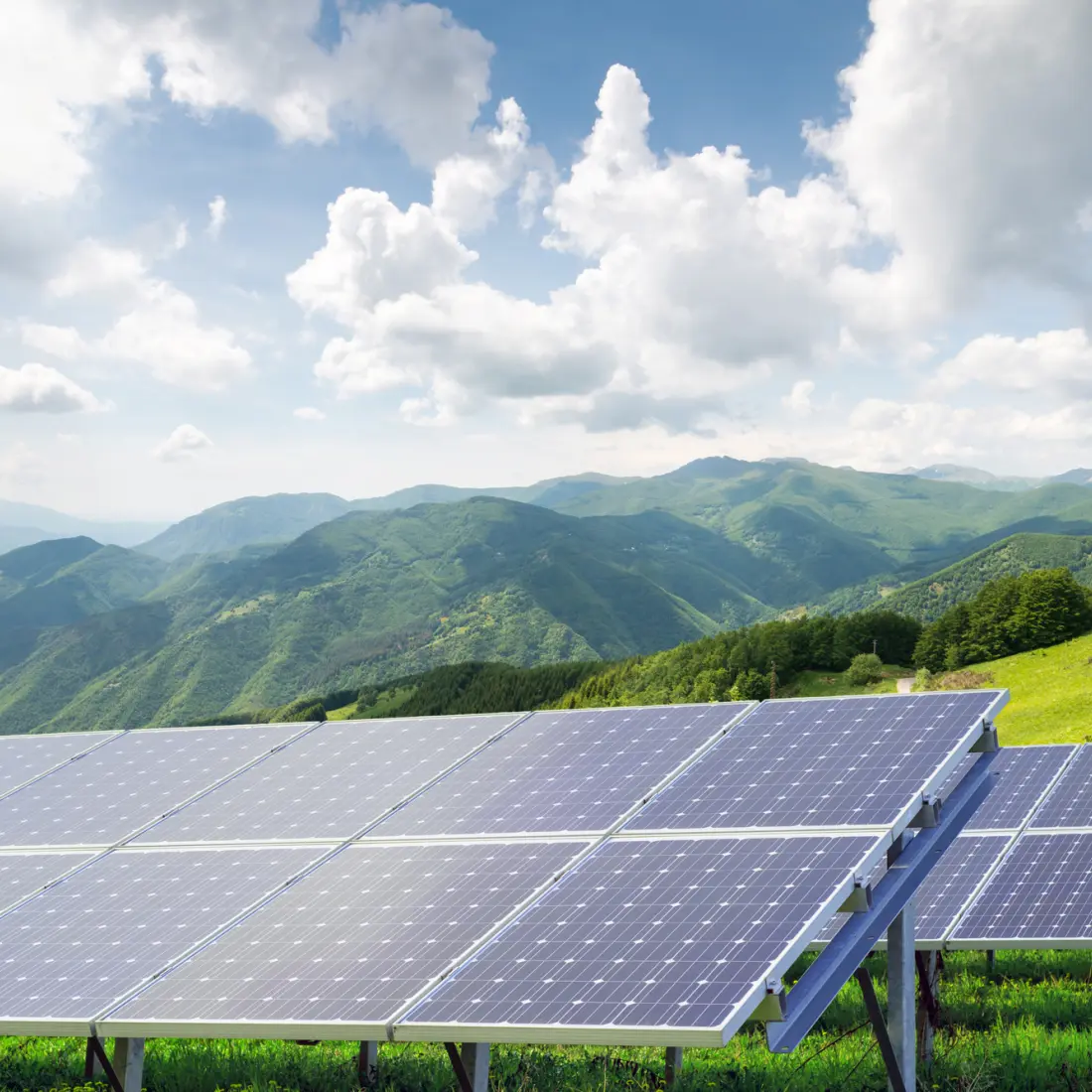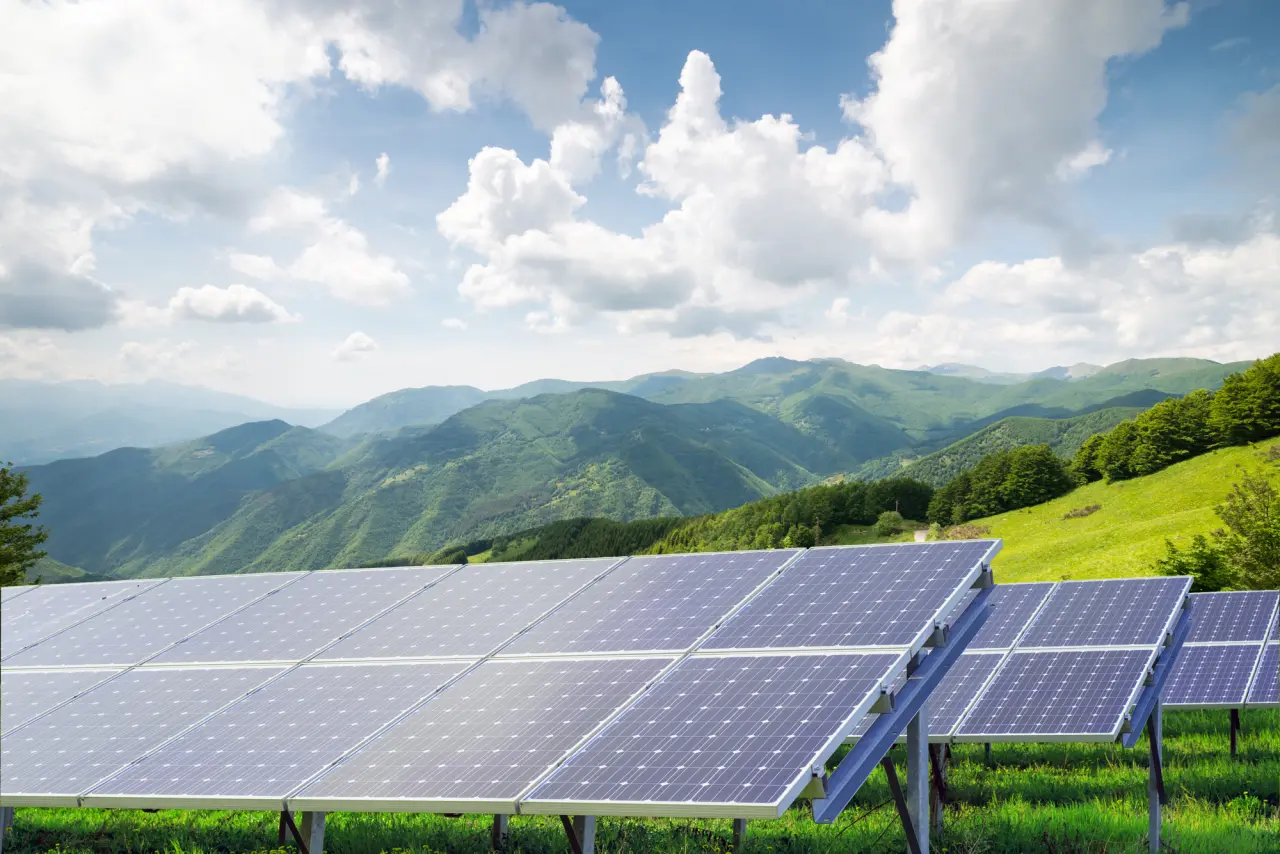How is sustainability measured?


Consumers increasingly want to buy from sustainable companies. According to a study by McKinsey and NielsenIQ, 78% of consumers believe that a sustainable lifestyle is important. However, it’s not enough for companies to claim that they have sustainable products and practices. They need to actively measure their efforts and provide proof of their results. This provides transparency into the sustainable business practices they claim to live by.
Measuring sustainability can also help you work toward greener operations while making your company more appealing to candidates and employees. Environmentally friendly practices can create a positive workplace culture and give team members a sense of pride in their work.
Fortunately, there are multiple ways to measure sustainability. Use this guide to learn about key metrics you can track and how to set goals to reduce your overall consumption and waste.
Energy consumption
Energy consumption is one of the most basic ways to track sustainability. This refers to the amount of electricity needed to power the organization. In the United States, 60% of electricity is generated through burning fossil fuels like coal and natural gas, so reducing energy consumption can minimize your reliance on environmentally damaging elements.
Everyone within the organization can help lower the company’s electric bill. Employees can take small steps like turning off lights when rooms are empty to prevent waste. However, companies can also take bigger steps to lower energy consumption. They can switch to LED lights, invest in sustainable machinery and even invest in renewable energy for their locations.
Electricity usage is measured and billed at kilowatt-hours (kWhs). The more kWhs you use, the higher the bill. Lowering usage can have a direct correlation to your monthly electrical costs.
Solar panel efficiency
One of the best ways to ensure that your energy comes from renewable resources is to collect it yourself. Companies that are committed to sustainability can invest in solar panels instead of using fossil fuel-created electricity from the power company. These panels will have an upfront cost, whether you mount them on the roof of your building or install them on the ground. However, they can provide clean energy to your organization for years.
Measure the output of your panels by tracking the percentage of your electricity use they cover. Then, continue working on your solar setup to maximize efficiency. After you fully switch to renewable energy, you might produce enough electricity to sell it back to the power company. Not only does this make your company greener, but it makes your local community more sustainable as a whole.
Indoor air quality
Your indoor air quality is a perfect example of how your sustainability efforts affect the environment, your company and your employees. Your team members have to breathe in the company’s air every day. If it is dusty or smokey, they could develop worsened asthma symptoms or lung conditions. These conditions make them more likely to call out, increasing absenteeism.
Look into indoor air pollution monitors to track your offices and warehouses. If your indoor air needs improvement, measure how the changes you make help the air, from installing better filtration systems to investing in new machines that produce less exhaust. Your employees might also notice the difference and thank you.
Water usage
Every company has different water usage needs. Some companies use thousands of gallons of water each day to keep their operations going, while other organizations use much less. Evaluate how much water your company uses by looking at your monthly water bill and how many gallons you’ve used. Even if find ways to reduce water waste in drought periods, every action helps.
For some small offices, these changes might be as simple as installing low-flow faucets in the bathrooms. These offer a 32% lower flow rate than federal standards mandate. In most cases, your team won’t notice a change in the water pressure. Small reductions in water usage over time can make a big impact.
Space utilization
Space utilization refers to how efficiently an area is used. There are multiple ways to measure this — ranging from the number of people who use a space to how frequently they use it. This measurement has become more important with the work-from-home revolution. An office that might have held 50 people might now only have 10 employees working there each day. Despite the fewer workers, the company is still paying to light, heat, cool and maintain the full space. This is inefficient.
It’s up to organizational leaders to maximize space utilization. This could range from moving team members to smaller offices or investing in equipment that increases output within the same space. By doing more with less, your environmental impact shrinks.

Recycling rate
Americans generate 268 million tons of waste each year — more than half of this waste ends up in landfills. Your company alone can’t reduce this number, but you can do your part to limit how much waste languishes in the ground.
Consider investing in more recyclable materials and training your team members to use this method of disposal. You can also look into composting systems to turn organic materials back into soil. Even if you don’t run a food service business, employees can compost coffee grounds and lunch scraps and then take some soil home for their gardens over time.
Each department can take steps to recycle more, lowering your company’s landfill contributions.
Waste audit
Along with tracking your recycling, measure the amount of waste your company creates as a whole. This is the next step after switching to recycling. For example, paper is recyclable. However, not every meeting needs paper printouts of agendas, reports, and documents. By going paperless, you can reduce your waste output while lowering your office supply costs. This is just one example, but it is significant: the average company spends $8,000 per year on paper alone.
Your waste audit should report on the total amount of waste your company produces and then break down that amount by the type of waste — either trash or recycling. Look for ways to lower these numbers quarterly to have cleaner operations.
Carbon footprint
The emissions you produce throughout the year make up your carbon footprint. Several factors contribute to the amount of pollution you create, including your electricity use from non-renewable resources, smoke created by your factories and even emissions from company vehicles. Many of the factors discussed on this list contribute to your overall footprint.
You can work with an auditor to clearly measure your carbon footprint and then take steps to lower it with the ultimate goal of becoming carbon neutral. You don’t have to eliminate emissions entirely to be carbon neutral. Instead, you can lower your emissions and then offset them by investing in reforestation projects and other programs that support the environment.
Each year, look into new ways to lower your emissions production and invest in green systems. This can keep your carbon footprint low.
ESG performance
ESG stands for environmental, social and governance. These are three factors that make up sustainability from a business perspective. Here are what the three elements mean:
- Environmental: This refers to a company’s carbon footprint, waste production and overall impact on the planet.
- Social: This covers the company’s impact on employees, customers and the local community as a whole. For example, an organization that pollutes the air hurts everyone in the community.
- Governance: This relates to how companies use their power to impact laws and regulations. For example, a company that supports repealing water cleanliness regulations so they can contaminate local streams has poor sustainability governance.
External auditors can also help you measure ESG. However, this acronym can be used as a guideline to review company values. Ask whether you operate your company in a way that benefits the world as a whole, not just your bottom line.
When you leave the office each day, you are still a human living on planet Earth. Use these sustainability steps to make your company cleaner so you can enjoy the environment around you and future generations can bask in it as well.